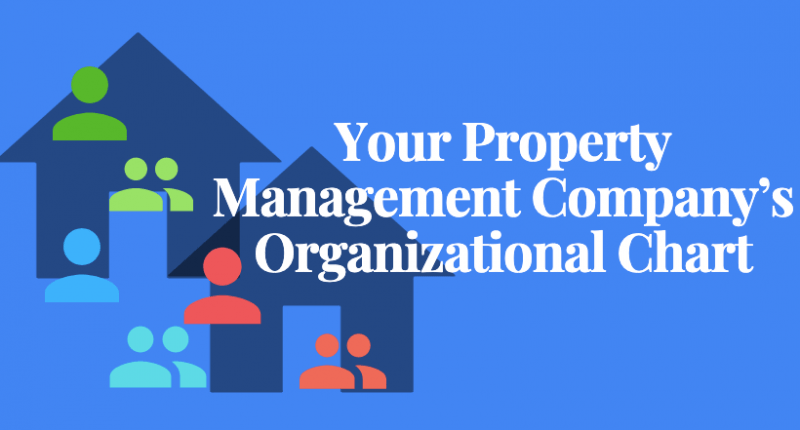
Are you a property management company trying to figure out how to structure your business?
A structured business is one that works like a well-oiled machine.
Knowing where each of your team members fits in your property management company’s operations will not only help with comprehensive onboarding and longer-lasting employment. The streamlined processes will also better serve the property owners and tenants that make up your client base.
The most efficient property management organizational chart will depend on your clients, service type, and the size of your company.
Wondering which one is for you?
Read on to explore the suitability of each model for your property management company. By the end of this article, you’ll be able to determine if a departmental or portfolio structure best fits your business’ needs.
Departmental Structure
This is typically where most property management companies begin to build their organization’s structure.
You start by employing individuals, or verticals, that know one trade inside and out, i.e. marketing, leasing, administration.
Then, as you begin to grow, larger departments are broken down by directors, managers, and assistants.
You could even go as far as to separate your departments by regional and local levels, or residential and commercial sectors.
This structure allows for more specialized roles, such as maintenance coordinators and technicians working across multiple properties, rather than one maintenance assignee responsible for the repairs and requests of a single property.
Advantages:
- Staff members are experts in their field.
This makes them equipped to handle specialized incidents.
2. Mentorship is possible.
A full team of specialists can have a systemic onboarding process, where new employees are brought up to speed quickly and efficiently. No knowledge is lost. Workflow can be delegated based on experience.
3. There are multiple people covering the same role.
This allows property owners and tenants to have an easier time getting through to someone (and getting through quickly).
Disadvantages:
- Communication is often slower and misinterpreted between departments.
Because departments don’t work together towards fulfilling the needs of one property, they don’t have a shared vision of the property owner or the investment’s value.
A hive mindset may also result in departments shifting blame to others. Be sure to only hire those who will fit into your company culture, and always communicate your values and goals.
2. Property owners and tenants may be frustrated by the lack of consistency in who they speak to.
They typically won’t reach the same contact, which can mount frustration if their issue is recurring.
Keep a running history of property owners, tenants, and their concerns that any team member can access. Online portals can also be used to empower clients.
3. Staff members are spread thin across multiple properties.
The level of care and interest in individual properties isn’t as loyal or steadfast. Hire enough staff to ensure a balanced workflow or consider moving to a portfolio structure.

Portfolio Structure
This is the 1:1 model, when one property or region gets the undivided attention of a single property manager.
As you expand your number of units and your range of territory, it may become difficult for departments to keep up with your clients and the unique needs of their investment properties.
This is when you introduce the portfolio structure.
This structure encourages familiarity and cohesion between the property manager and the clients in their portfolio.
Property owners tend to feel more taken care of by having their own designated person for when they have requests or questions.
Depending on the size of the company, each property manager may coordinate contractors on an ongoing basis. Or they could have a lineup of specialists who report to them, i.e. for maintenance, accounting, etc.
Advantages:
- There’s much more clarity surrounding specific properties, tenants, and owners, including insight into ongoing issues.
- Accountability is obvious because of team ownership.
This encourages efficiency, from quicker responses to more creative problem-solving.
3. Clients and tenants have a deeper relationship with your staff.
Trust is encouraged by regular interaction with the same individual. Clients will appreciate the transparency surrounding which staff member is accountable for each request.
Disadvantages:
- Because staffers are extremely devoted to a fewer number of properties, the individual processes are more diligent and will move at a slower pace.
You must encourage property managers to outline best practices for time management.
2. Because a property manager becomes a figurehead, it’s a long, painful procedure to replace them.
Their knowledge and processes should be well-documented in the event of turnover. Client expectations should be taken into consideration when seeking new hires.
3. Owners and tenants don’t have a liaison if the property manager is out of office.
Staffers may not have a leader to grant final approval or provide guidance. A hierarchy and flow chart should be put in place to navigate these situations.

For the least turnover and the most competent staff, any property management company should have clear job descriptions that list specific skill sets and goals for the position.
But that’s only possible when there’s an established workflow and organizational structure.




